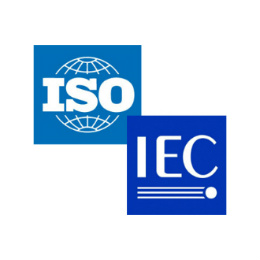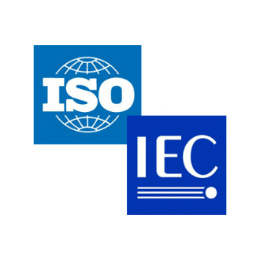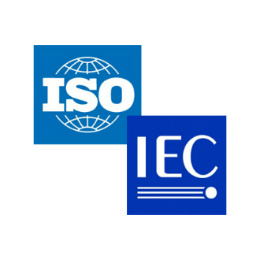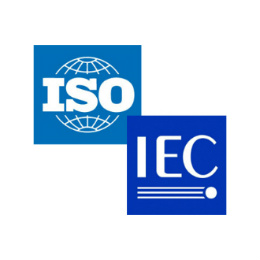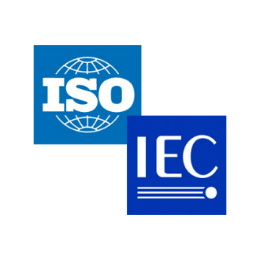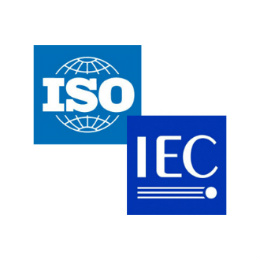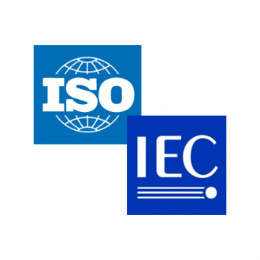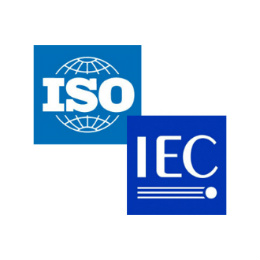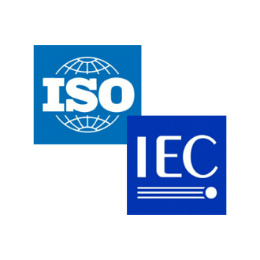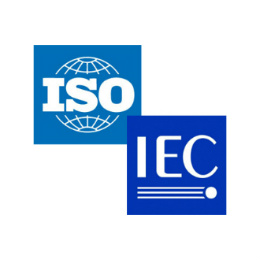Telecommunications and information exchange between systems
Since SC6 was established in 1964, SC6 has worked on standardization in the field of telecommunications dealing with the exchange of information between open systems, including system functions, procedures, parameters as well as the conditions for their use. This standardization encompasses protocols and services of lower layers including physical, data link, network, and transport as well as those of upper layers including but not limited to Directory and ASN.1: MFAN, NFC, PLC, Future Networks and OID. A considerable part of the work also has been done in effective cooperation with ITU-T SG’s and other standardization bodies, including IEEE 802, ECMA International, and NFC Forum. SC6 is responsible for 353 published International Standards and 35 open project items.
Recently SC6 approved new work items on Future Network Architecture and its Protocols and Mechanisms which would support emerging services and applications beyond the limitations of the current networks

